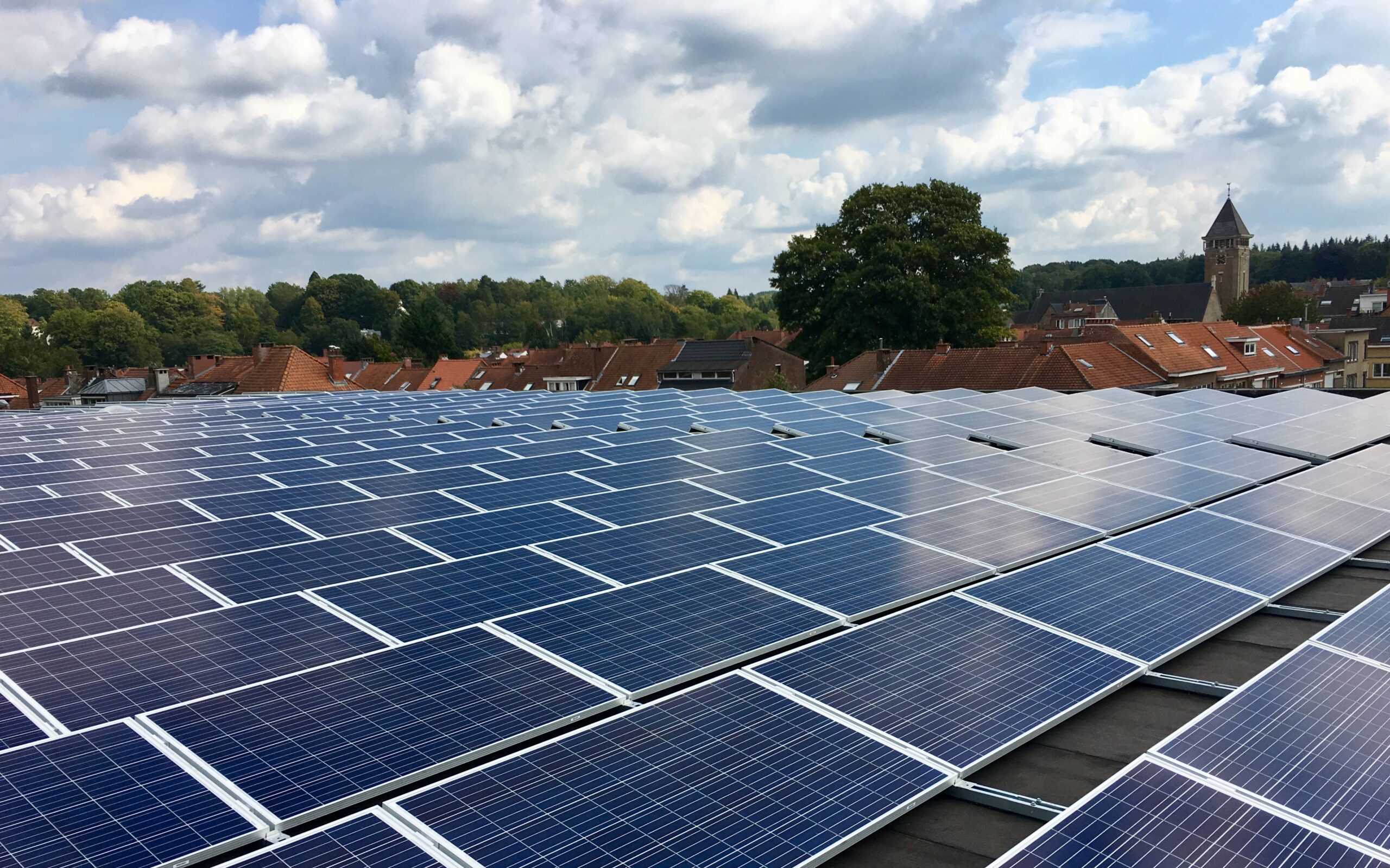


As a professional customer, Soltis can help you implement sustainable, cost-effective solutions with a single goal in mind: to improve your building's energy efficiency. Installing photovoltaic panels enables you to produce your own green energy and reduce your energy dependency. This reduces your exposure to energy price fluctuations.
The profitability of your installation depends on 3 sources of income:
- Savings on your electricity bill
- Resale of surplus electricity fed back into the grid
- Resale of green certificates
Soltis positions itself as a partner who will work with you to analyze your needs and requirements and develop turnkey solutions tailored to your organization.
*Green certificate sales mechanisms may differ from region to region. Contact us for more information.
Keep control of your system at all times with your mobile monitoring application.
Your inverter is more than just an electronic component, it's the brain of your installation. It pilots your photovoltaic panels in real time to produce maximum energy at all times. Thanks to your mobile app (delivered free of charge with your system), you can keep track of your system's production at all times.
Your installation is built to last. It is both necessary and useful to control a range of parameters to guarantee optimum production at all times. By opting for this solution, you optimize the income generated and guarantee the security of your assets.
During these visits, we carry out a visual inspection of your plant. Various control points are also checked to prevent and, if necessary, correct certain anomalies. You'll receive a full, detailed report detailing the points of our intervention, so you can enjoy the peace of mind of knowing that your installation is in perfect condition.

A. Visual inspection of the photovoltaic system and visible power lines for potential problems such as open connections, damaged cables, burnt areas or heat marks, loose cable connectors, etc.
B. Check the strength of the mounting structures and look for any damage.
C. Measure the voltage of each module string.
D. Check terminals in the decoupling cabinet for tightness.
E. Cleaning inverter ventilation filters.
F. Maintain inverters according to manufacturer's instructions.
G. Check fuses and surge protectors.
H. Check load-bearing surface.
I. Check modules for soiling.
J. Remove leaves and other garbage from the roof to avoid standing water.